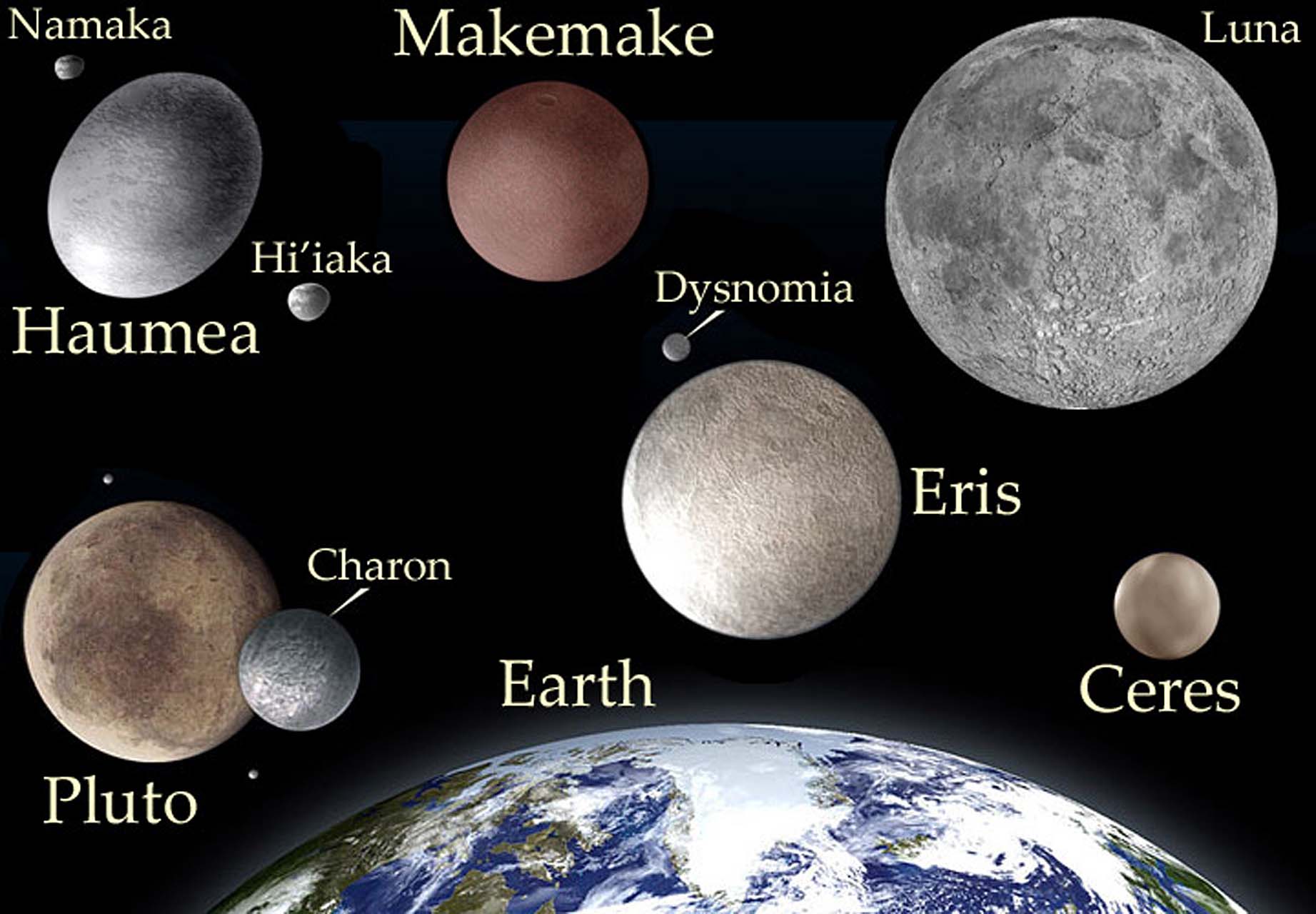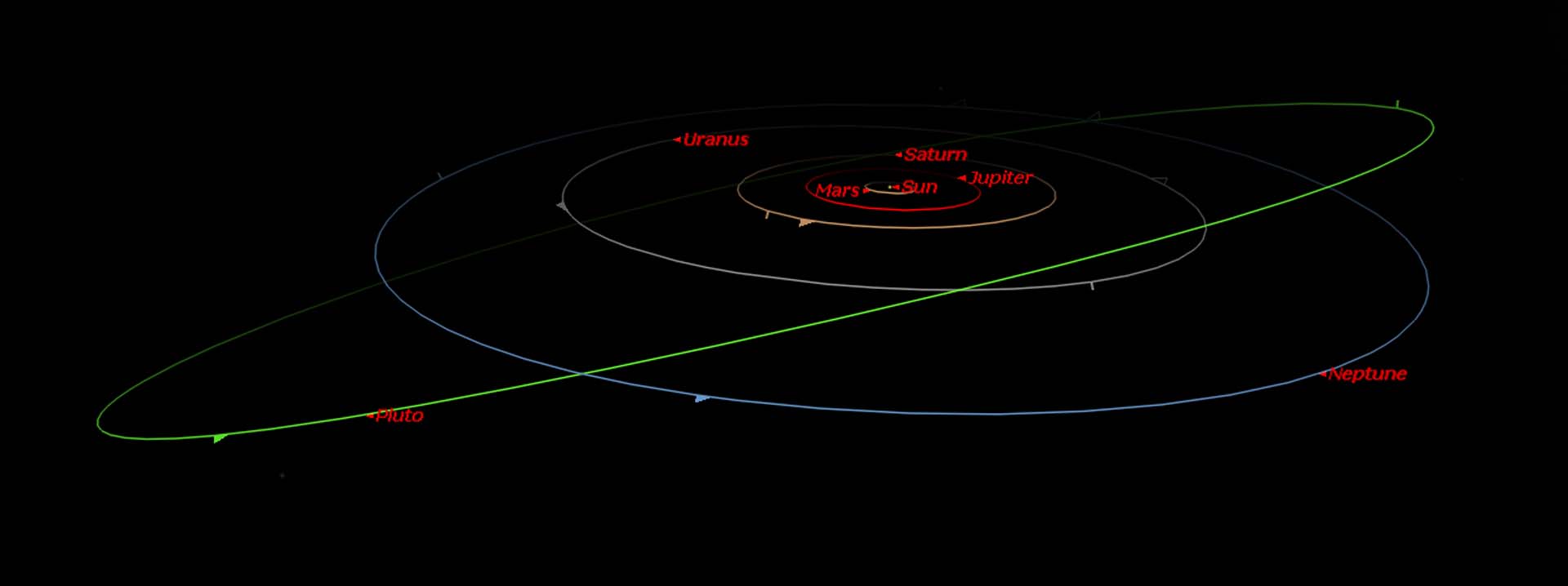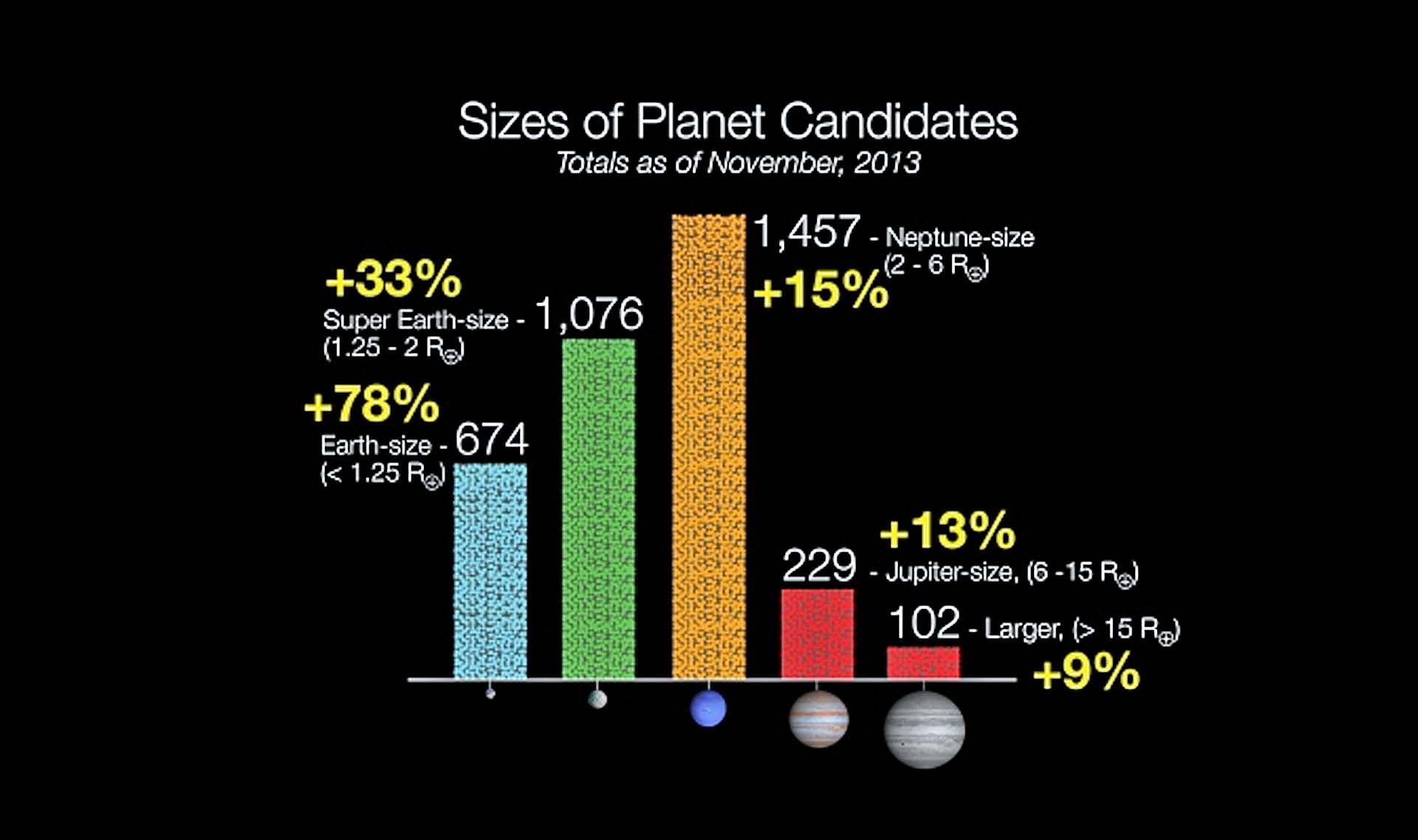The Planet Definition Controversy

On January 5, 2005, a massive body in the solar system was discovered by the team of Mike Brown, Chad Trujillo, and David Rabinowitz. This new body, named Eris, was particularly noteworthy; not only did it possess a moon, but this new body was almost identical in size to Pluto. The subsequent discovery of additional Pluto-sized bodies only added confusion to the classification system of solar system bodies and eventually resulted in astronomers reexamining the definition of the term planet. Based on these changes to the definition, the International Astronomical Union (IAU) removed Pluto from the list of the solar system’s planets in 2006. Pluto was placed in a new category called dwarf planets (a dwarf planet is not a planet). Controversy has raged in the scientific community ever since this decision about what the proper criteria for planet status should be.
NO – Pluto Is Not a Planet

In 2006, the International Astronomical Union (IAU) stated that a planet in our solar system must:
- orbit the Sun.
- have sufficient mass that its gravity pulls the body into a spherical shape.
- have cleared the neighborhood around its orbit.
Pluto fits the first two criteria, however, fails the last condition about having cleared the neighborhood around its orbit. Pluto does not have sufficient gravitational attraction to sweep out the debris in its orbit around the Sun. The failure of this third condition resulted in Pluto being stripped of its planet status by the IAU. According to the IAU, a dwarf planet such as Pluto is defined as a celestial body of large mass that does not meet all of the three IAU conditions for planet status.

Pluto has long been known to have some anomalous orbital characteristics that seemed to set it apart from other planets. Pluto, for example, has an extremely large orbital inclination to the ecliptic of 17.16°. This parameter alone seems to indicate that Pluto is somehow different. The planet with the next highest orbital inclination is Mercury with a value of 7.01°; Earth has an orbital inclination of 0.00°. Pluto’s orbit is also more eccentric than that of any other planet in the solar system. It has an eccentricity of 0.25; this highly elliptical orbit carries it on a path in which Pluto’s distance from the Sun varies between 4.4 and 7.4 × 109 km (2.7–4.6 × 109 miles). Pluto is actually closer to Sun than Neptune for 20 years of its 248-year orbit as a result of this extreme eccentricity; the last time this occurred was between 1979 and 1999. Mercury has the next highest orbital eccentricity at 0.21; Earth has an orbital eccentricity of 0.02.
These unusual orbital characteristics did not generate much controversy as long as Pluto seemed to be in a class by itself. The discovery of several other Pluto-sized objects and the IAU’s new definition of what constitutes a planet have cast a new light on Pluto and its orbital characteristics. Mike Brown, one of the discoverers of Eris, agrees with the IAU’s new planet definition, and does not believe that Pluto is a planet.
YES – Pluto Is a Planet

A number of astronomers think that the IAU’s planet criteria are far too restrictive and that Pluto should regain its planet status. They point out, for example, that the IAU definition is very solar-system centric. Over 1,800 bodies equal larger (most are larger) in size to the Earth have already been discovered orbiting other stars. These exoplanets are currently excluded from official planet status by the first IAU criterion because they don’t orbit our Sun.

Critics of the IAU planet definition, however, have pointed out that it is the third criterion that is the most problematic. They state that the condition requiring a planet to have cleared its general neighborhood is not only a property of the planet candidate, but that it is very much a function of the location of the particular body in question. They cite that if the Earth, currently a planet, were to be placed in Pluto’s orbit then the Earth would lose its planetary status since it also does not have enough gravitational attraction to clear the local neighborhood. Earth would instead become a dwarf planet in this new location. Another criticism is that not all existing solar system planets have necessarily cleared their local neighborhood. Jupiter, a planet that has over 300 times the mass of the Earth, possesses two concentrations of asteroids in its orbital neighborhood that are collectively known as the Trojan asteroids. Clearly Jupiter is a planet, the biggest in our solar system, but it has definitely not “cleared the neighborhood around its orbit.”
Astronomers critical of the IAU instead suggest that a better definition is that a planet is simply a gravitationally rounded object that orbits around a star. It is not necessary for this orbiting body to have gravitationally swept out the debris in its orbit. By this definition, Pluto is a planet. Alan Stern, the principal investigator for the New Horizons mission, agrees with this simpler definition of a planet, and thinks that Pluto should regain its planet status.
Confusion Over Ceres

Ceres was originally considered a planet when it was discovered between Mars and Jupiter in 1801. Shortly thereafter, three more bodies, Pallas, Juno, and Vesta, were discovered in the same region. These additional discoveries resulted in Ceres being classified instead as an asteroid. In 2006, Ceres received a new classification as a dwarf planet as a result of the IAU’s new planet criteria.
